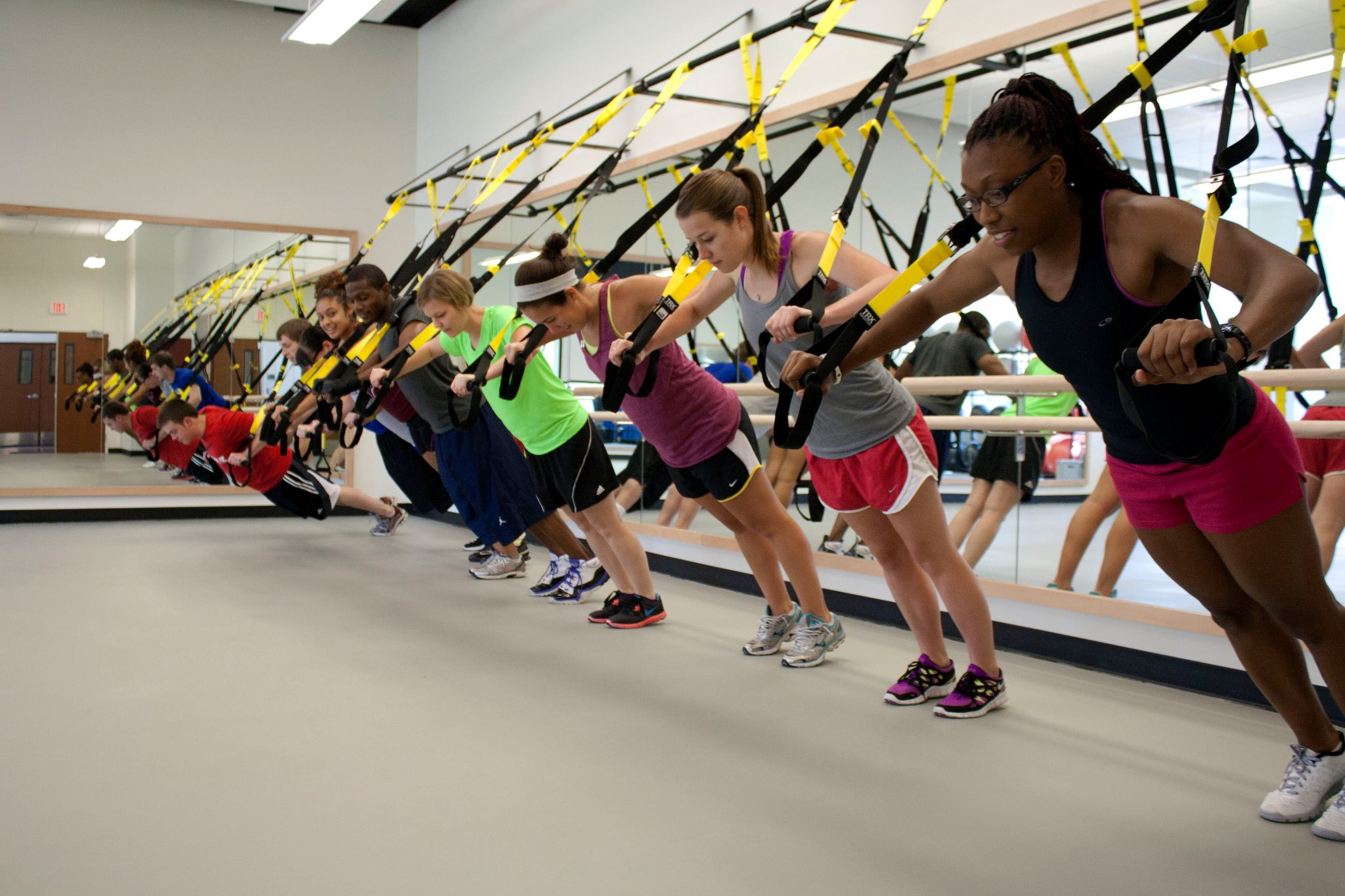Suspension training, like with the TRX, has become a popular tool over the last ten years. The push-up is an exercise frequently performed using suspension training. It is unclear how variations in the starting position impact the performance of the exercise. Gulmez has a study published in the Journal of Strength and Conditioning Research that examines how the orientation of the body relative to the ground during the suspension training push-up impacts the performance of the exercise.
The author studied college-aged physical education students. Subjects performed five repetitions of the suspension push up with the suspension trainer set at 45 degrees, 30 degrees, 15 degrees, and 0 degrees from the ceiling. The repetitions were performed with the feet on a force platform and load cells in the suspension trainer straps.
Results:
- As the subjects decreased the angle of the straps relative to the ceiling, the amount of load on the force platform decreased. As the angle of the straps changed from 45 degree to 0 degrees, the load on the straps increased by over 104% during elbow flexion and 324% during elbow extension. The load on the force platform decreased by almost 60% during elbow flexion and by almost 53% during elbow extension.
- As the subjects decreased the angle of the straps relative to the ceiling, the percentage of the subjects’ bodyweight supported by the straps increased from 35% during elbow flexion at 45 degree to 71% of bodyweight during elbow flexion at 0 degrees.
- In terms of elbow extension, subjects supported 13% of the bodyweight at 45 degrees and 54% during 0 degrees.
Put in layman’s terms, standing up for the suspension trainer push-up means that you support less of your bodyweight on your arms, in other words it’s easier. As you move closer to the floor, you support more of your bodyweight. In fact, it resembles closely the percentage of your bodyweight supported during a traditional push-up (the authors report that people support about 75% of their weight during a traditional push-up).
There’s a lot of pseudo-science and anecdotal information about suspension training, despite its widespread use. There are a few abstracts and stretches to apply studies on other things to the use of suspension training. We know they are popular, provide some great variety to a training program, and impose coordination and balance demands that are unique. This is one of the first studies that I’m aware of to actually research suspension training.
Now, this study doesn’t tell us anything about muscle recruitment. So, for example, we can’t take the results of this study and announce that this type of training is more effective for recruiting the pectoralis major or the muscles of the core. We can’t say that eight weeks of suspension training is more effective than eight weeks of something else based upon this study. Having said that, it’s great to see a study that is beginning to examine this type of exercise.
Gulmez, I. (2017). Effects of angle variations in suspension push-up exercise. Journal of Strength and Conditioning Research, 31(4), 1017-1023.





2 thoughts on “Suspension Training: Push-Ups Work Like You Think They Will”
Dear John Cissik,
Thak you very much for sharing my article results.
sincerely .
Irfan Gulmez
Thanks for doing a great study about this topic!
Comments are closed.